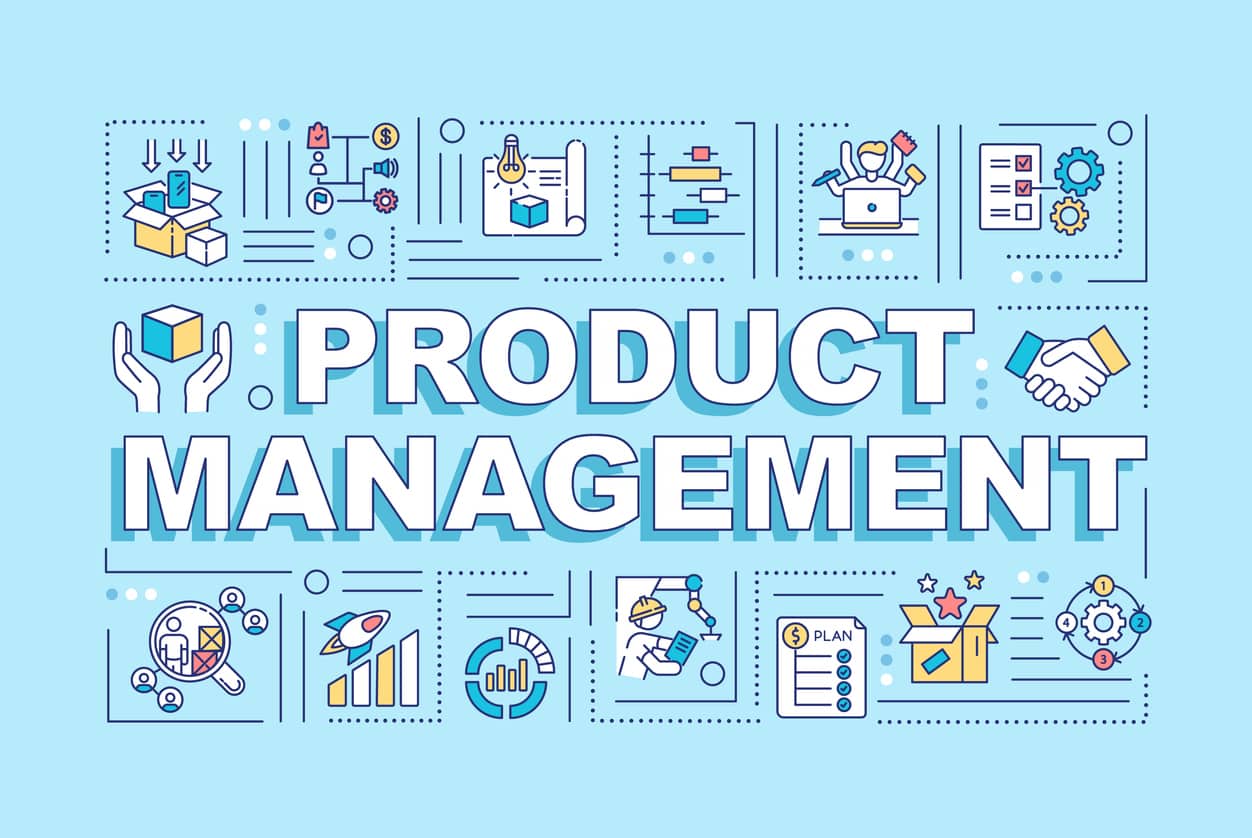- What is Workforce Management?
- What made Workforce Management the talk of the town?
- How does this process work?
- Key elements of workforce management
- Benefits of workforce management
- Workforce management software and tools
- How to become a workforce management professional?
- Responsibilities of a Workforce Management Professional
- Job profiles under workforce management with salaries
- Concluding thoughts
Since the 1980s, organizations gradually started paying heed to a term called Workforce Management. But, even then, it did not receive the fanfare it has been experiencing in recent times. What made this process rise up? Why are companies adopting it on a large-scale basis? What is in it for you if you choose to be a workforce management professional? The answer to all these questions lies in this article.
What is Workforce Management?
Optimizing the productivity of employees by utilizing a set of integrated processes is called Workforce management. Basically, it is putting the right person, at the right place, at the right time to do the job right. And with an effective workforce management strategy in place, employee productivity can be optimized and made to align with the organization’s projected growth.

What made Workforce Management the talk of the town?
The recent rise in competition and the necessity to cut down the expenditure has forced organizations to adopt effective human resource strategies like workforce management to optimize the entire process.
How does this process work?
Since workforce management primarily focuses on increasing the productivity of the workforce, the process tends to be around managing employees and related aspects.
| S.No. | Process | What it does |
| 1. | Human Resource Management | Effectively managing the company’s resources |
| 2. | Performance Management | Optimizing employee activities and the outcomes |
| 3. | Field Service Management (FSM) | Managing the company’s resources and materialistic assets |
| 4. | Real-time data collection | Regularly collecting data and stats related to performance |
| 5. | Training Management | Imparting effective training to existing and new employees |
| 6. | Forecasting | Laying out a blueprint of future outcomes expected out of the process |
| 7. | Recruitment | Finds the right fit for the organization by using effective hiring strategies |
| 8. | Budgeting | Allocating the company’s monetary resources for internal and external projects |
| 9. | Scheduling | Setting the right time for the tasks for optimal output |
| 10. | Carrying out analytics | Periodic analysis to check performance and suggest timely improvements |
Key elements of workforce management
The important elements that make up workforce management are:
- Skills Development
As new technology surfaces, it is significant that your employees are updated about the same. This activity not only benefits the employee but also helps the organization to stay ahead in the competitive industry. In a crisp, the organization grows as an employee grows.
- Communication and Project Management
Active communication and collaboration are integral parts of workforce management. So, as a workforce management professional, you must set up a highly collaborative and responsive environment to streamline communication.
Also, when it comes to project management, software like Slack, Trello, etc., can help you track the progress and performance of your team and helps in better visibility. And utilizing these tools will ensure a reduction in errors and redundancy of tasks.
- Mentorship
Workforce management has evolved over the years, and so did the concepts surrounding it. There has been a significant change in current times in measuring the overall efficiency, and organizations have started focussing on the emotional and psychological factors of an employee.
Employees who are new to the system would need a ton of guidance and mentorship. And that is what the major organizations are paying heed to these days. Experienced professionals can impart the knowledge and skills garnered over the years to the new workers that could benefit them as well as the organization.
- Scheduling and Time-tracking
This is the most simple and general function of workforce management. As a business owner/organization, you must set technology in place that allows employees to effectively clock-in their working hours. You will have to set the right software in place to reduce errors and discrepancies.
And once all these key functions are set in place, your workforce management plan will be good to go.
Also Read: 14 Principles of Management
Benefits of workforce management
The fact that this process is being accepted and implemented widely clearly indicates that it has proven beneficial for many organizations and businesses. While you have read above, effectively managing the processes listed will lead to the following benefits.
- Finding the right people to do the right tasks saves a lot of time and energy, which eventually results in increased productivity and profits within the organization.
- The real-time analysis involved in the process helps in continuous improvement and can be focused on lowering labor costs, maximizing resources, improving quality, etc.
- As we discussed in the first point, finding the right people to do the right job also results in increased customer satisfaction, as someone with sound work knowledge will be able to solve customer problems faster.
- Workforce management also helps you to stay updated with the latest industry trends and helps you stay compliant with the latest national, local, and union laws and regulations.
- So in conclusion, workforce management helps in happier employees, a higher ROI, increased productivity and profit, satisfied clients, and an increase in your organization’s professional reputation.
Workforce management software and tools
Thanks to technology, work has been made easier. And the same applies to the stream of workforce management too, and these are some top free tools that can help you get the job done.
1. Confluence
- From meeting notes to IT documentation, Confluence keeps everyone aligned and organized
- Integrated seamlessly with existing software like Trello and Jira
- Customization options available
2. Jibble
- Helps in tracking (payroll, attendance, and projects)
- Unlimited users
- Mobile support provided
3. Zoho Workerly
- Easy scheduling and rescheduling
- Timely generation of invoices and timesheets
- Conflict-free management
How to become a workforce management professional?
You are here because you either want to know in general about workforce management, or you want to make a career in this stream and want a few intricate details about the same. Well, you’re in luck as we have already discussed this process in general, and will now be focussing on how it is as a career path.

The prerequisites for a workforce management professional differ from company to company, but here are some common requirements and eligibility criteria considered while hiring a professional.
- An undergraduate or Master degree in economics, finance, accounting, business, or computer science-related field.
- Management experience
- Proficient communication skills
- Strong analytical skills
- Knowledge to organize and analyze structured/unstructured data
- Sound knowledge and hands-on experience with WFM software and tools
- Budgeting, scheduling, and forecasting skills
Responsibilities of a Workforce Management Professional
A workforce manager has a wide array of responsibilities under his/her hood, and is usually categorized under these 3 major categories.
| Managing | Overseeing | Handling |
| Processes | Services provided | Consultations |
| Finances | Production | Client/Partnership Negotiations |
| Job profile allocation |
An average salary of a workforce management professional ranges across Rs.9,94,199/year, as per Glassdoor.com.
Job profiles under workforce management with salaries
Some of the distinguished job profiles under workforce management with their salaries are:
| S.No. | Job Profile | Yearly Salary in INR |
| 1. | Workforce Manager | Rs. 13,00,000 |
| 2. | Workforce Management Analyst | Rs. 5,60,000 |
| 3. | Director, Workforce Management | Rs. 15,00,000 |
| 4. | Workforce Analyst | Rs. 5,25,938 |
*as per Glassdoor.com
Concluding thoughts
Workforce management is in trend these days, and that is why we made it a point to address our readers about the same with this informative blog. So, if this sounds like a career path you are looking forward to, check the Post Graduate Program in Management for Executives.

The skills and knowledge imparted during the program incorporated with project-based learning provide the learners the perfect opportunity to get prepared for the management job roles awaiting them in the professional world.






